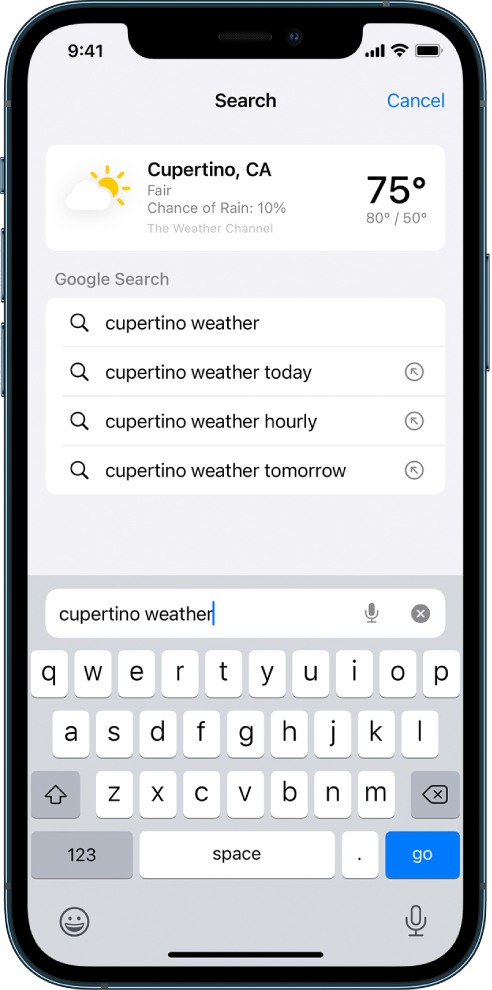

- HOW TO SEARCH ON A WEBPAGE IN IPAD AIR HOW TO
- HOW TO SEARCH ON A WEBPAGE IN IPAD AIR PRO
- HOW TO SEARCH ON A WEBPAGE IN IPAD AIR FREE
A factory reset deletes all of your content, and we mean all of it. If you’ve tried all of these solutions and still didn’t get rid of the malware on your iOS device, a factory reset is the last resort. Sign into iCloud and choose the iCloud backup you want to restoreīy taking these steps, you can delete malware from an iPhone or iPad, assuming it was infected after its last backup.Select Restore from iCloud Backup when the device displays the Apps & Data screen.

HOW TO SEARCH ON A WEBPAGE IN IPAD AIR HOW TO
Here’s how to restore your iOS device from a backup: With the iCloud backup function, you can restore a previous backup state to an iPhone or iPad, so your device will function as it did before infection. Voila! You’ve just cleared your browsing data and history. A pop-up will appear asking you to confirm the action Select Clear History and Website Data.Select the Settings icon on your home screen.How to clear your browsing history and data: Note: for the sake of this guide, all the following instructions assume you’re using Safari instructions will vary for other browsers. So by clearing your browsing history, you erase all information about your online activity, preventing hackers from getting hold of it, and you can potentially remove malware at the same time. Whenever you do anything online, your browser remembers it, including sites you visit, passwords you enter and so on. If you’ve restarted your iPhone or iPad and the problem didn’t go away, it’s time to try clearing your browsing history and cache. Also, it takes roughly 30 seconds for the iPad to turn off, so don’t worry if nothing happens just after you slide the knob. With the iPad, repeat all the steps, but press the top button to turn the iPad off and on instead. Press and hold the power button to turn on the device.Slide the knob to the right to turn off the device.

HOW TO SEARCH ON A WEBPAGE IN IPAD AIR FREE
HOW TO SEARCH ON A WEBPAGE IN IPAD AIR PRO
Pro tip: Get ahead of cybercriminals by safeguarding your device with Clario. So what should you do if you ever find your device infected? Follow our guide on how to remove viruses and malware from an iPhone and iPad. Thankfully, there is no ransomware for iOS at the moment, but there is spyware, and there are scams that mimic ransomware. Jailbroken devices are at even greater risk, because bypassing Apple’s built-in security features is essentially like leaving a gate wide open for hackers.Ī common way to infect devices is through social engineering, where criminals trick victims into doing something against their own interests. Even though iOS is generally secure and malware is rare, it can happen, and cybercriminals come up with new ways to infiltrate devices every day. So the risk to iPhones and iPads is very much real. For example, since 2015, more than 2,500 apps in the App Store have been infected with malware called XcodeGhost. Despite the widely held belief that iOS devices are immune to malware, that isn’t the case.


 0 kommentar(er)
0 kommentar(er)
